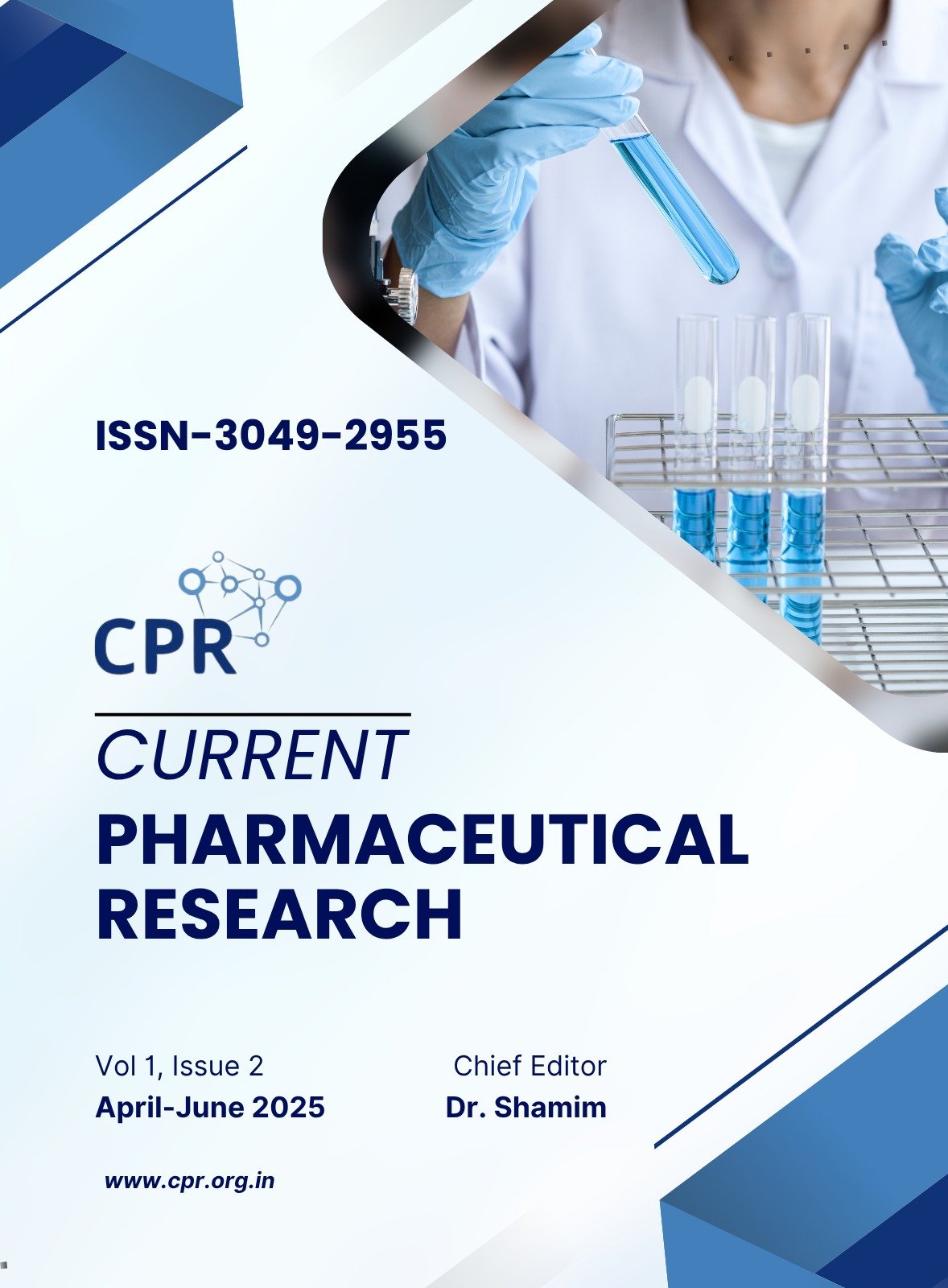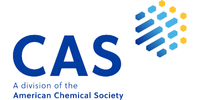Berberine in Breast Cancer Management: Molecular Mechanisms, Therapeutic Applications, and Future Directions
DOI:
https://doi.org/10.63785/cpr.2025.1.1.150160Keywords:
Berberine, Breast Cancer, TripleNegative Breast Cancer (TNBC), AMPK Pathway, PI3K/Akt/mTOR, Wnt/β-Catenin,Abstract
Breast cancer remains one of the leading causes of cancer-related mortality among women worldwide. While conventional therapies such as surgery, chemotherapy, radiation, hormonal, targeted, and immune therapy have improved survival rates, drug resistance and recurrence remain major challenges. Berberine (BBR), a natural isoquinoline alkaloid found in various medicinal plants, has emerged as a promising candidate in integrative oncology due to its diverse pharmacological properties. This review summarizes the anticancer potential of BBR in breast cancer, particularly its ability to inhibit proliferation, induce apoptosis, regulate autophagy, suppress metastasis, and modulate key signaling pathways such as AMPK, PI3K/Akt/mTOR, Wnt/β-catenin, and MAPK/ERK. Furthermore, BBR’s molecular targets—including microRNAs, p53, Ephrin-B2, and SIK3—highlight its multi-targeted mode of action. Notably, BBR demonstrates selective toxicity against cancer cells while sparing normal tissues. These findings support BBR’s potential as a complementary agent to enhance the efficacy of standard therapies and overcome drug resistance. Further clinical studies are necessary to establish its safety, optimal dosing, and therapeutic integration in breast cancer management.
Downloads
Published
Issue
Section
License

This work is licensed under a Creative Commons Attribution-NonCommercial 4.0 International License.






